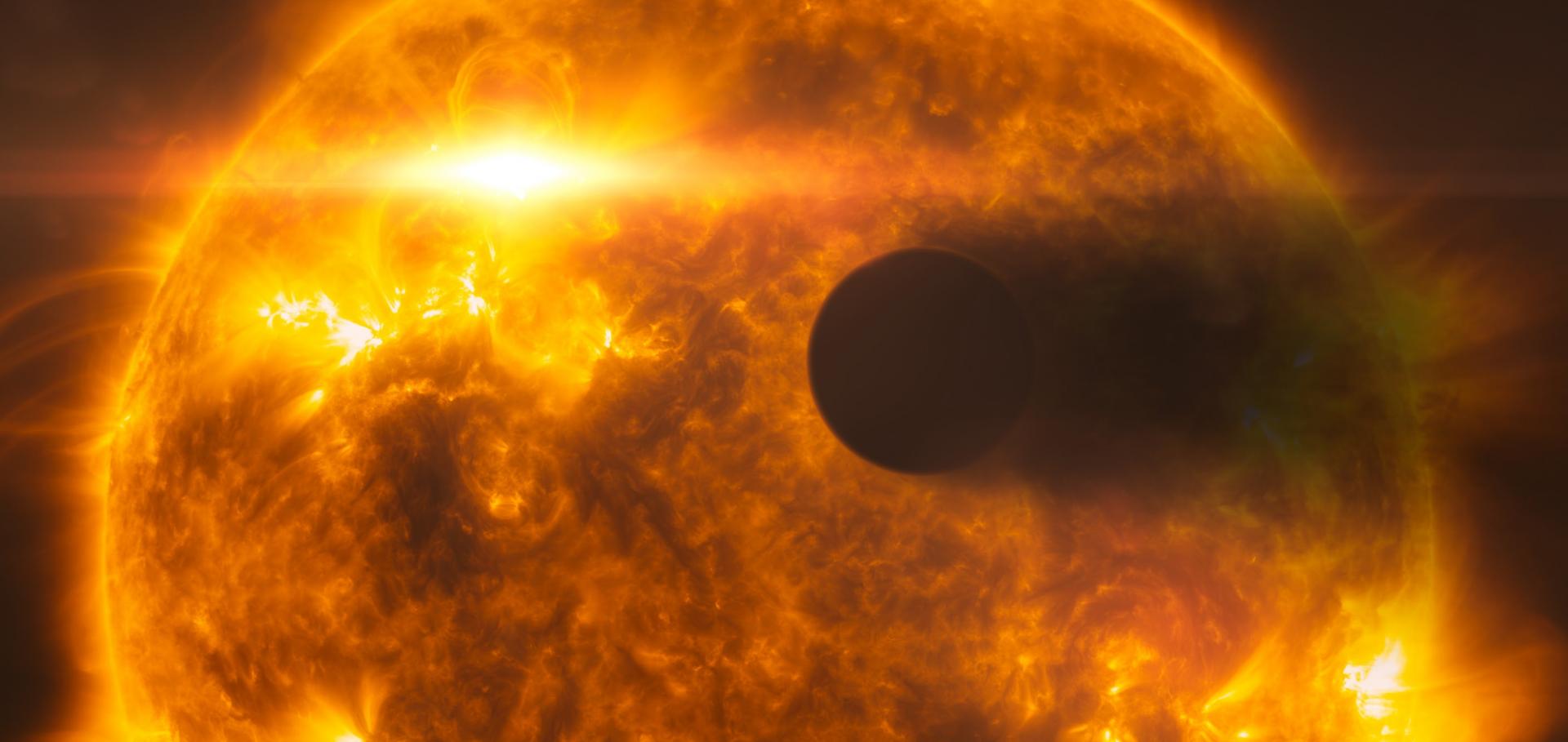MOCKA - A PLATO mock asteroseismic catalogue: Simulations for gravity-mode oscillators
Astronomy & Astrophysics EDP Sciences (2025)
A possible misaligned orbit for the young planet AU Mic c
Monthly Notices of the Royal Astronomical Society Oxford University Press (OUP) (2024) stae2655
Stellar surface information from the Ca II H&K lines - II. Defining better activity proxies
Monthly Notices of the Royal Astronomical Society Oxford University Press (OUP) (2024) stae2508
Stellar surface information from the Ca II H&K lines -- II. Defining better activity proxies
(2024)
A Gaussian process model for stellar activity in 2D line profile time-series
Monthly Notices of the Royal Astronomical Society Oxford University Press 535:1 (2024) 634-646


